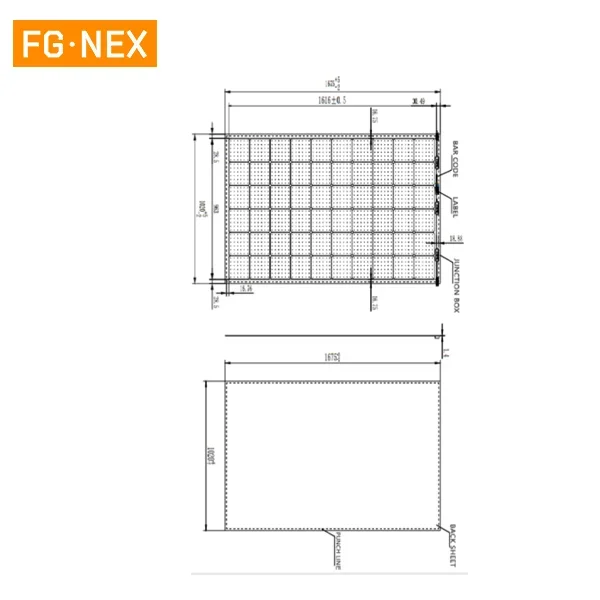PERC flexible solar modules are an emerging solar technology, which has attracted widespread attention in the solar industry. PERC flexible solar modules have the characteristics of high efficiency, thinness, and bendability, and are considered to be one of the important trends in the development of solar energy in the future.

First, PERC flexible solar modules have the advantage of high efficiency. Traditional solar cells can only use part of the energy of sunlight, but PERC technology adds a reflective film on the back of the cell to redirect the unabsorbed light to the surface of the cell, improving the photoelectric conversion efficiency. This enables PERC flexible solar modules to generate more electricity in the same area, improving the efficiency of solar energy utilization.
Secondly, PERC flexible solar modules are thin and light. Compared with traditional silicon-based solar cells, PERC flexible solar modules use flexible substrates, making the modules lighter and thinner. This not only facilitates installation and portability but also reduces transportation and installation costs. In addition, the flexible substrate also enables solar modules to adapt to different shapes and curved surfaces, increasing the flexibility of application scenarios.
In addition, PERC flexible solar modules are flexible. Conventional solar cells are usually rigid and cannot adapt to curved surfaces. PERC flexible solar modules use flexible substrates and flexible battery sheets so that the modules can be bent within a certain range to meet the installation requirements of irregular surfaces. This provides more possibilities for the application of solar modules, for example, it can be applied to curved surfaces of buildings, car bodies, etc., further expanding the application field of solar energy.
In the future, PERC flexible solar modules are expected to occupy a larger share in the solar energy market as technology continues to advance and cost decreases. First of all, the high efficiency enables PERC flexible solar modules to generate more electricity in the same area, which improves the utilization efficiency of solar energy and reduces the cost of solar power generation. Secondly, the thin and bendable features enable PERC flexible solar modules to be applied in more scenarios, such as the exterior walls of buildings, car bodies, etc., further promoting the popularization and application of solar energy.
However, PERC flexible solar modules also face some challenges. First of all, the current production cost of PERC flexible solar modules is relatively high, and further cost reduction is required for wider application. Secondly, the reliability and durability of flexible substrates and flexible cells also need to be further improved to ensure the long-term stability and performance of the module.
In general, PERC flexible solar modules have the characteristics of high efficiency, thinness, and bendability, and are one of the important trends in the development of solar energy in the future. With the continuous advancement of technology and the reduction of cost, PERC flexible solar modules are expected to occupy a larger share of the solar energy market and promote the popularization and application of solar energy. However, further cost reduction and reliability improvements are still required to meet market demands.
What are the advantages of PERC Flexible Solar Module?
What are the characteristics of PERC Flexible Solar Module?
How much do you know about flexible solar modules
Working principle and application of PERC flexible solar modules
Installation and maintenance of PERC flexible solar modules
What are the factors that affect the life of PERC flexible solar modules
https://www.fgnexsolar.com/Analyze-the-future-development-trend-of-PERC-flexible-solar-modules.html



